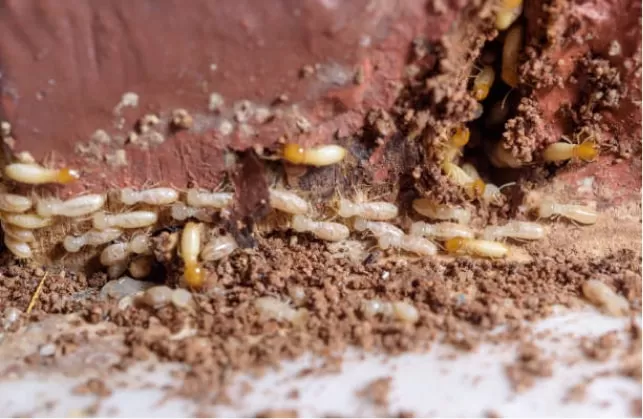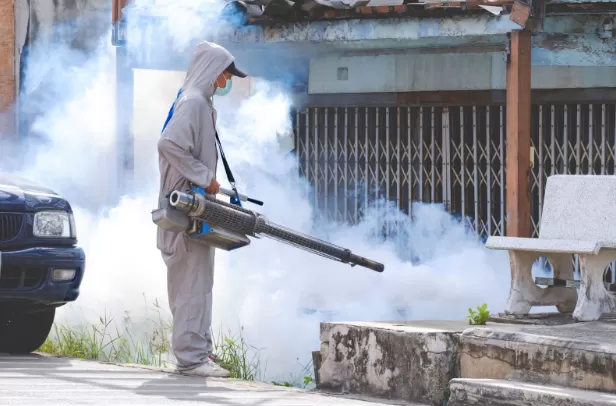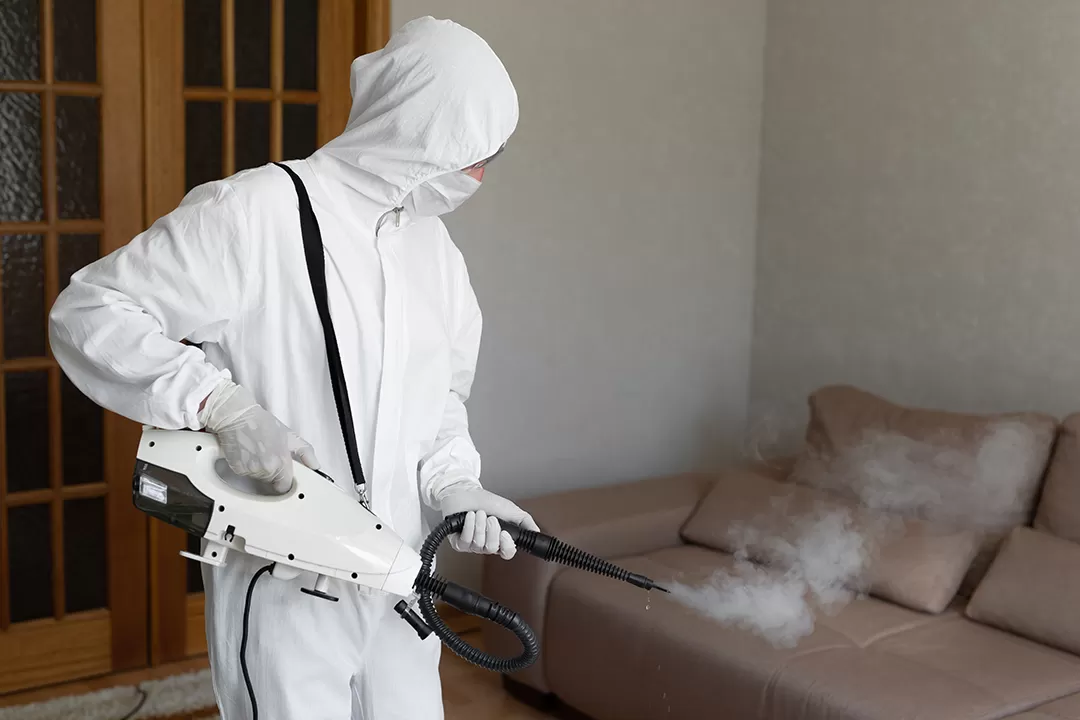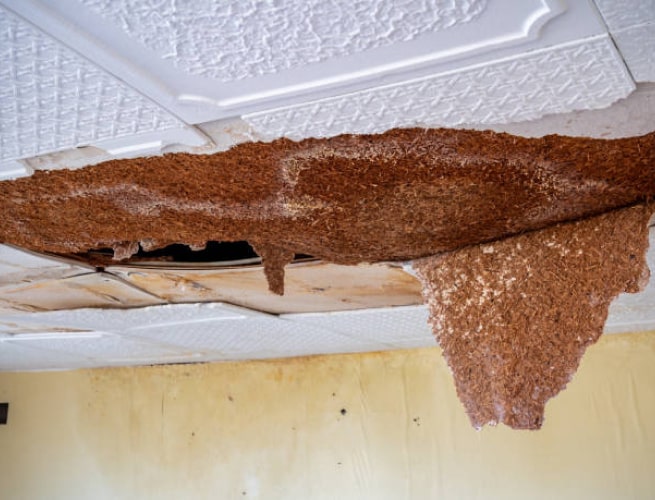Termites are notorious for their ability to cause significant damage to wooden structures, often going unnoticed until the harm is extensive. Effective termite treatment is crucial, but the process doesn’t end once the initial treatment is complete. Post-treatment steps are essential to ensure the eradication of termites and to prevent future infestations. This comprehensive guide explores what homeowners should do after termite treatment to maintain a termite-free environment.
What to Do After Termite Treatment
1. Understanding Termite Behavior and Treatment Efficacy
Before diving into post-treatment actions, it’s essential to understand termite behavior and the nature of treatments. Termite colonies can be large, with some containing millions of termites. Treatments typically target these colonies, but complete eradication can take time. The efficacy of the treatment depends on the type of termites, the extent of the infestation, and the treatment method used (e.g., liquid termiticides, baiting systems, or heat treatment).
2. Monitoring and Inspection
a. Regular Inspections
After treatment, regular inspections are crucial. Schedule follow-up inspections with your pest control professional. These inspections should be done every few months initially and then at least annually. Professional inspectors can identify signs of surviving termites or new infestations early on.
b. DIY Monitoring
Homeowners should also monitor for signs of termite activity between professional inspections. Look for mud tubes, discarded wings, wood damage, and termite droppings. Using termite detection systems or bait stations can help in early detection.
3. Moisture Control
Termites thrive in moist environments. After treatment, controlling moisture levels in and around your home is essential to prevent re-infestation.
a. Fix Leaks
Inspect your home for leaks in the roof, pipes, and faucets. Repair any leaks promptly to reduce moisture levels.
b. Improve Drainage
Ensure proper drainage around your home. Clean gutters regularly and direct downspouts away from the foundation. Consider installing French drains or sump pumps in areas prone to water accumulation.
c. Dehumidify
In humid climates, using dehumidifiers in basements and crawl spaces can help keep these areas dry and less attractive to termites.
4. Wood Management
Termites feed on cellulose, primarily found in wood. Managing wood sources around your property can deter termites.
a. Remove Wood Debris
Clear any wood debris, including tree stumps, fallen branches, and construction materials, from around your home.
b. Store Firewood Properly
Store firewood at least 20 feet away from your house and elevate it off the ground. This reduces the chances of termites finding and infesting the wood.
c. Use Treated Wood
For outdoor projects, use pressure-treated or naturally resistant wood types like cedar or redwood. These materials are less attractive to termites.
5. Home Repairs and Maintenance
After termite treatment, some structural repairs may be necessary due to previous damage. Regular maintenance can also prevent future infestations.
a. Repair Damaged Wood
Replace or repair any wood damaged by termites. This not only restores the structural integrity of your home but also removes potential food sources for remaining termites.
b. Seal Entry Points
Seal cracks and crevices in your home’s foundation, walls, and roof. Pay special attention to areas where utilities enter the home. Use caulk, steel wool, or other appropriate materials to block these entry points.
c. Paint and Stain Wood
Painting or staining exposed wood creates a barrier that makes it more difficult for termites to penetrate. Regularly maintain painted or stained surfaces to ensure they remain effective.
6. Landscaping Adjustments
Your yard’s landscaping can impact termite attraction. Making strategic changes can help deter termites.
a. Keep Vegetation Away from the House
Ensure plants, shrubs, and trees are not in direct contact with your home’s exterior. This creates a buffer zone that makes it harder for termites to reach your house.
b. Mulch Management
While mulch is beneficial for plants, it can attract termites. Use mulch sparingly and keep it at least 15 inches away from your foundation. Consider using alternative materials like gravel or rubber mulch.
c. Maintain Distance for Wood Structures
Wooden fences, decks, and other structures should be built with a gap between the wood and the soil. Use metal or concrete barriers to prevent termite access.
7. Chemical Barriers and Treatments
In some cases, additional chemical treatments may be necessary to ensure long-term protection.
a. Soil Treatments
Soil treatments with termiticides can create a barrier around your home. Re-treat the soil periodically as recommended by your pest control professional.
b. Baiting Systems
Continue to use and monitor termite baiting systems. These systems can provide ongoing protection by attracting and eliminating termites before they reach your home.
c. Borate Treatments
Applying borate treatments to wood can prevent termites from feeding on it. This treatment is especially effective in new construction or during major renovations.
8. Professional Help and Maintenance Plans
Engaging with pest control professionals for ongoing maintenance can provide peace of mind and ensure long-term protection.
a. Maintenance Plans
Many pest control companies in Singapore offer maintenance plans that include regular inspections, treatments, and warranties. These plans can be a cost-effective way to keep your home protected.
b. Professional Advice
Pest control professionals can provide valuable advice tailored to your specific situation. They can recommend the best practices and products for your home and region.
9. Education and Awareness
Staying informed about termites and their behavior can help you take proactive measures.
a. Learn About Termites
Understand the types of termites common in your area and their behavior, like Subterranean termites and Drywood termites. This knowledge can help you recognize signs of an infestation early.
b. Stay Updated on Treatment Options
Advances in termite treatment are continually being made. Stay updated on new methods and products that could provide better protection for your home.
10. Insurance and Legal Considerations
Consider the financial and legal aspects of termite damage and treatment.
a. Home Insurance
Review your home insurance policy to understand what is covered regarding termite damage. Some policies may offer limited coverage or require additional riders.
b. Disclosure Laws
If you plan to sell your home, be aware of disclosure laws in your area. You may be required to disclose past termite infestations and treatments to potential buyers.
Conclusion
Termite treatment is a significant step in protecting your home from destructive pests. However, post-treatment actions are crucial to ensure the effectiveness of the initial treatment and to prevent future infestations. By following the steps outlined in this guide—regular inspections, moisture control, wood management, home repairs, landscaping adjustments, additional treatments, professional help, ongoing education, and considering insurance and legal aspects—you can maintain a termite-free home and protect your investment for years to come.
Taking a proactive and comprehensive approach will help safeguard your home from these silent destroyers, providing peace of mind and ensuring the longevity of your property.







